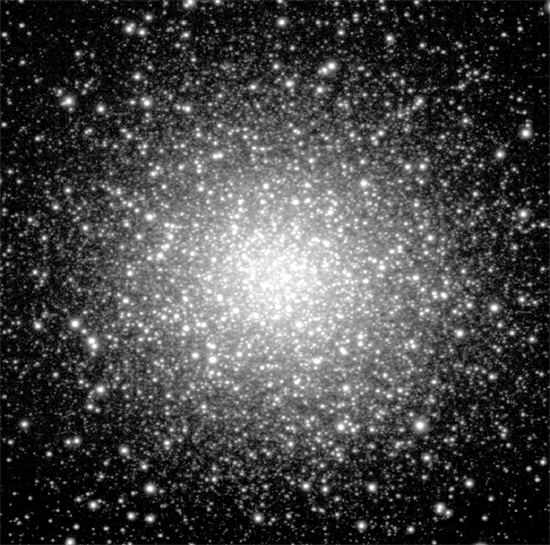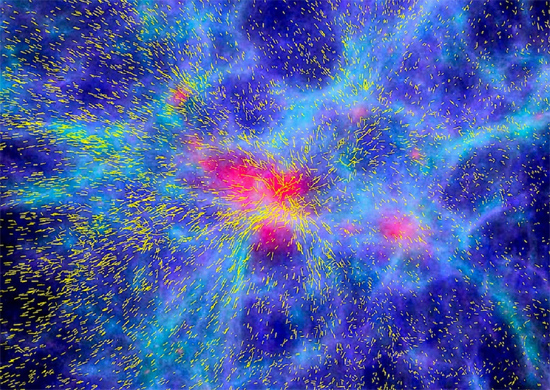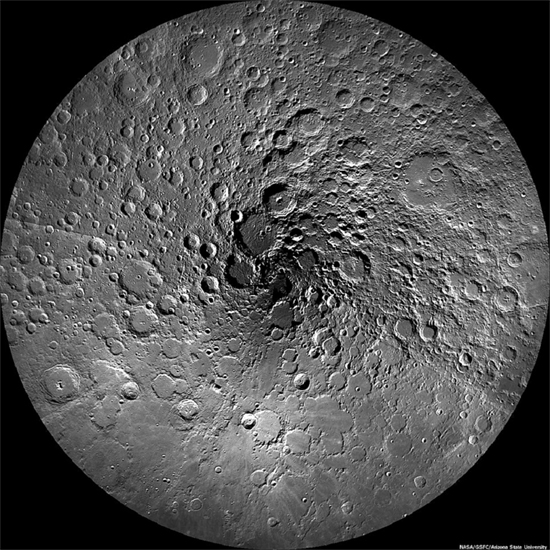Out in the Cold
Electric Enceladus
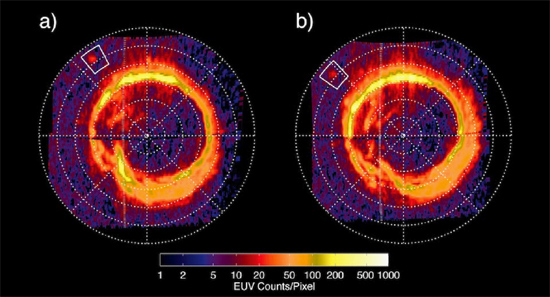
Oct 20, 2011 Saturn exhibits a circuit between Enceladus and its electrical environment. One of the most surprising results of the Galileo space probe’s mission to Jupiter was the identification of electrical activity between several Jovian moons and their parent. So-called “volcanic” plumes were seen erupting from the moon…
Long Journey Home
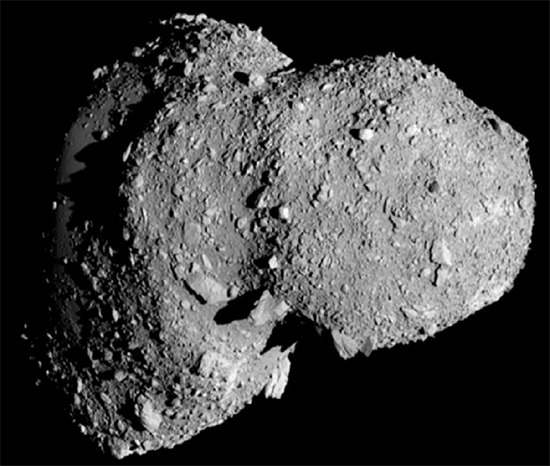
Oct 19, 2011 Hayabusa’s return to Earth was delayed for more than three years. The Japan Aerospace Exploration Agency (JAXA) launched the Hayabusa spacecraft (Japanese for “Peregrine Falcon”) in May of 2003, after a several month delay and a change in mission goals as a result. Hayabusa was originally…
Orcus Patera
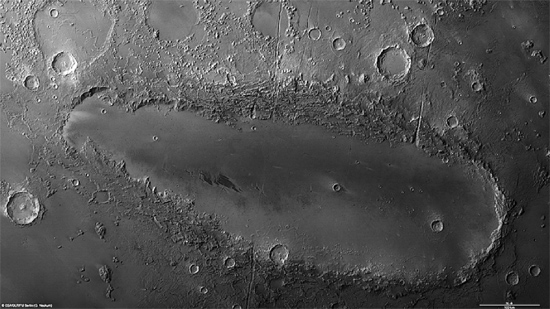
Oct 18, 2011 What formed this unusual structure on Mars? Mars is the topic of a video from the Thunderbolts Project called The Lightning-Scarred Planet Mars. In it, Electric Universe advocate Dave Talbott explains how the Red Planet was probably the scene of tremendous plasma discharge events in the…
Nuclear War God
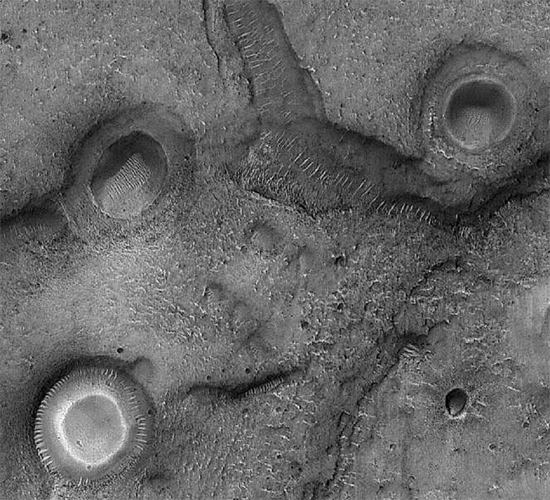
Oct 13, 2011 Did an atomic explosion decimate Mars long ago? According to a recent press release, a new theory claims to explain how the planet Mars acquired its red color and its tortured, barren, and desiccated landscape. According to the release, “About 180 million years ago, a planet-shattering yet…
Black Flares

Oct 12, 2011 Black hole theory contradicts itself. Most astrophysicists try to explain narrow jets erupting from various sources by using words like “nozzle” or “high pressure,” contradicting the known behavior of gases in a vacuum. For example, according to a recent press release, “flares” have been discovered jetting…
Fast-Paced Neptune
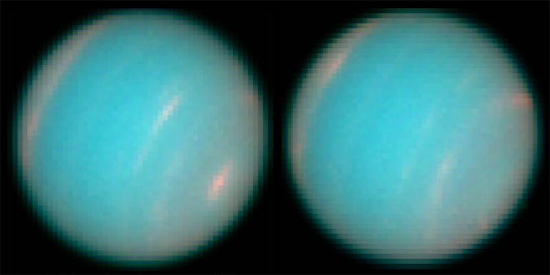
Oct 10, 2011 The length of Neptune’s day has been determined. The planet Neptune is the eighth and farthest planet from the Sun. Neptune’s mean diameter is approximately 49,250 kilometers, with a mean orbital radius of 4,503,443,661 kilometers, and a year of 164.79 Earth years. Neptune is a massive…
The Moon, Yes, That Will Be My Home
Down the Barrel
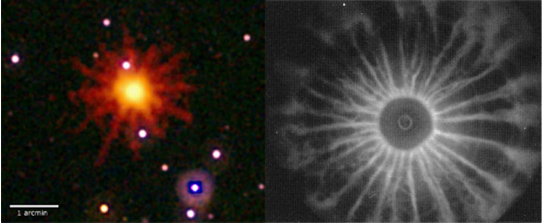
Oct 06, 2011 Converging radial filaments indicate an interstellar Birkeland current “pinching down” into an hourglass shape. According to a recent press release, the longest lasting gamma-ray source ever recorded has been found by the Swift satellite’s Burst Alert Telescope. “Swift” is so named because it can quickly identify…





